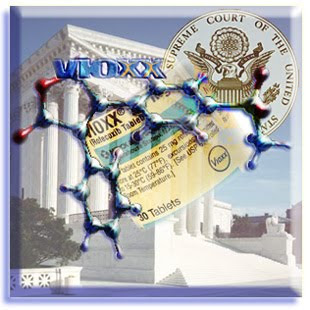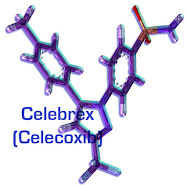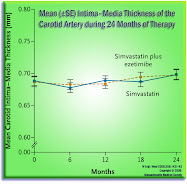But at its core, this was initially a peaceful endeavor -- to create long-lasting sources of relatively cheap energy. To be sure, I am no starry-eyed innocent, but the moment should not be vilified, either -- it was a significant advance in human understanding of physical laws. And indeed, it also led to many peaceful, life advancing devices, and technologies. [And, true to our masthead(s) -- the geniuses were, almost to a person. . . new immigrants to our nation, fleeing Nazi persecution, at that moment.]
So I for one will commemorate the moment -- and laud the pure pursuit of science, on the part of the team of Edwin Goldwasser and Enrico Fermi. . . and all those now long dead -- under the massive stone-encased bleachers of old Amos Alonzo Stagg Field, at the makeshift lab, on a abandoned squash court, under the aegis of the University of Chicago's metallurgical labs department. It was 1942, this afternoon. . . that humans (for better, or worse) entered the Atomic Age. A bit, then from an older New Yorker piece:
. . .December 2, 1942 was the coldest day in nearly 50 years in Chicago. That frigid afternoon, a crew of men and women -- many of them hailing from countries an ocean away, where the Second World War raged --gathered under the viewing stands of the University of Chicago’s Stagg Field to light a secret fire. They were members of the Metallurgical Laboratory, an organization that had existed only since that January, and were attending to their creation, a dusty collection of graphite, uranium, and scientific equipment that they called the Pile. . . .
The Chicago Pile deserved its low-tech name. It was a stack of forty thousand graphite blocks, held together in a wooden frame, twenty-five feet wide and twenty feet tall. Inside about half of the blocks were holes containing small amounts of uranium oxide; inside a few others were nuggets of refined uranium metal, the production of which was still a novel process. The Pile had few safety features. The scientists’ only protection against radiation came from a set of cadmium control rods, designed to be inserted and removed by hand, along with untested theories and calculations. As one governmental report later put it, “there were no guidelines to follow and no previous knowledge to incorporate.”
Neither university nor city officials were told that an experiment that even its creators judged as risky was taking place in the heart of the second-largest city in the United States. . . .
Well, that was some rather heady. . . Elon Musk style arrogance, no? But it was under perhaps 300,000 tons of concrete and stone, to be fair. Even so, no one really knew what would happen as they gingerly withdrew one control rod after another. . . Yikes.
Onward. . . smiling. . . a sunny but chilly bike ride by the lake awaits. . . and it is perhaps best that we each and every one, light our own secret fires, as we close down the catastrophe that was 2020. . . .
नमस्ते


















No comments:
Post a Comment